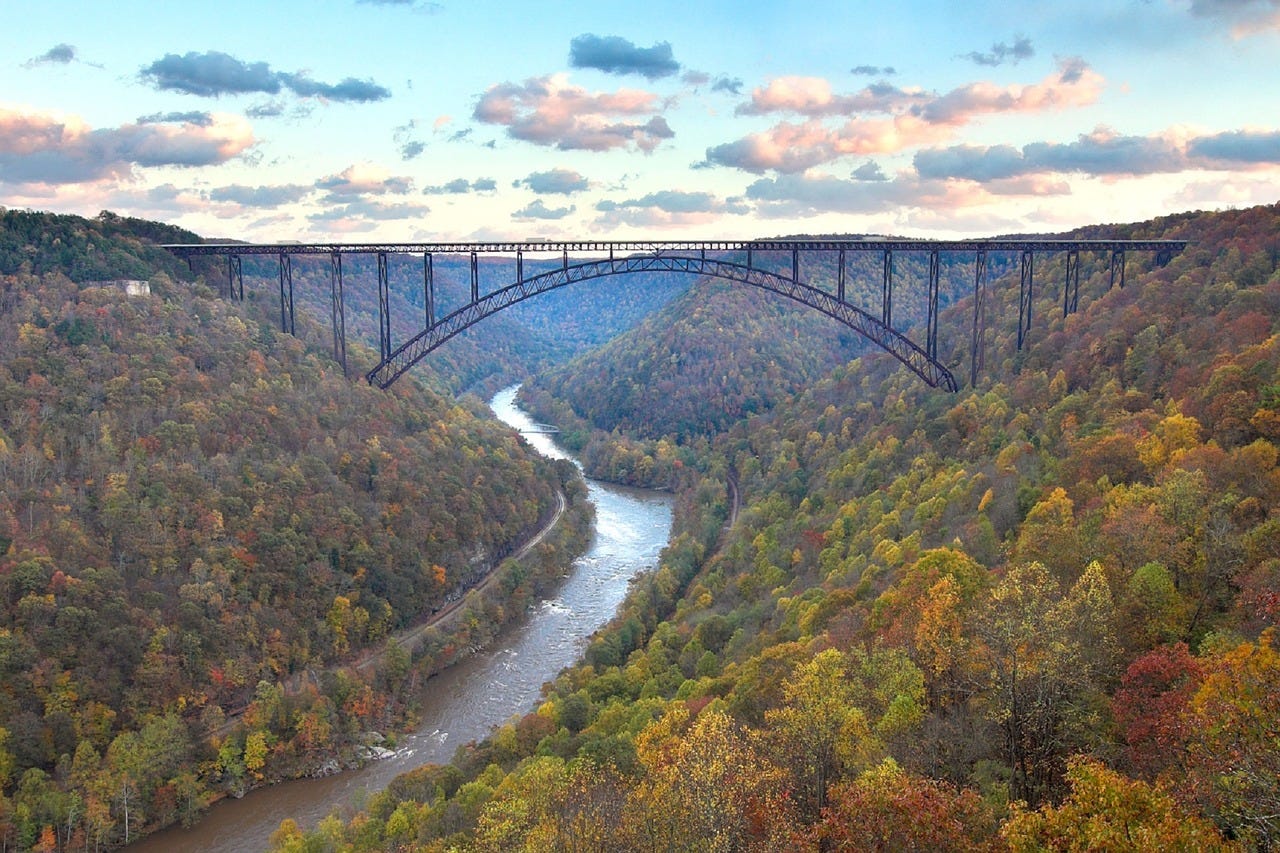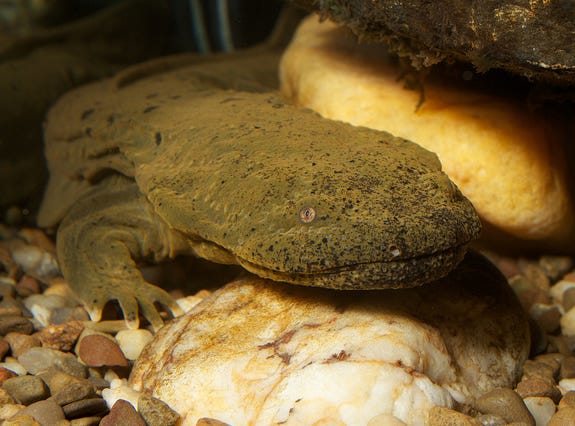Author: NC Department of Natural & Cultural Resources

George Santucci doesn’t worry anymore about the variety of spellings applied to his name in Ashe County, which he has called home for 25 years now after migrating from Long Island, New York. But he has lost most of his New York accent, and he’s a much-admired fellow in his adopted home, where he serves as the president of the New River Conservancy, charged with protecting America’s oldest river, said to be the second oldest in the world.
“Once you get North of 350 million years,” Santucci says, “It’s a little iffy.”
Santucci was a math teacher in the South Bronx, fresh out of school, and he connected with Outward Bound and ultimately came to the North Carolina mountains for six weeks. He told an acquaintance that “I’d like to stay around here,” and after working with Outward Bound and then the cooperative extension service of N.C. State University, he would end up overseeing the Conservancy. He’s been in North Carolina for 25 years now. He met his wife in Asheville. Turned out she was also from Long Island.
No river ever had a better guardian. On any given day, Santucci might be out on a cleanup, negotiating easements, restoring stream buffers, planting trees and plants, or monitoring water quality.
“I hate to say it,” he says, “but on our river cleanup program, sometimes it feels like we pull tons of trash out of the river every year, I guess it is tons, and I know we pull over 1,000 tires out of the river every year.”
And here are some things North Carolinians need to know about the New River, a 320-mile long, spectacular, and calm river ideal for fishing and good, calm family trips:
One, the New was named by Peter Jefferson, a surveyor from Virginia, who was working in the area around 1749. He was a most prominent fellow. So was his son, Thomas Jefferson.
There is a part of the New River Park called “meat camp creek,” where it’s said hunters used to bring their game after a day of going after deer, bears, etc. One of those hunters was Daniel Boone.
The New River is one of the new rivers that flow to the North.
It is in a state park that is 2,000-plus acres.
The New, and the park of which it is part, are most emphatically one of the most beautiful places in the state, an oasis of sorts for “city folk” and natives alike. The spectacular varieties of plants, trees, animals, and fish are breathtaking.
This exceptional place was not easily created and protected. But the outcome of the battle for the New’s preservation and the park was championed and happily so by bipartisan politicians.
Santucci is proud that on his office wall he has a letter on his wall from the late Sen. Jesse Helms saying how proud Helms was of having helped to save the New River. He was joined in that effort by the late Jim Holshouser, the first Republican governor of the 20th century in North Carolina and a mountaineer by birth. But the push for the New was popular among Democrats as well, one of them Rufus Edmisten, like Holshouser a man of the mountains and a one-time aide to the late Sen. Sam Ervin (yes, also from the mountains). What happened was that in opposing dams that would have ruined the area, politicians on the state level got the New designated as a scenic river and then the federal elected officials — Ervin and Helms — got a federal designation that protected 26.5 miles of the New.
The rest is, well, history. Beautiful, flowing history.
Today, Santucci is working to protect and expand the areas around the river, the park, the critters who call it home, and the hundreds of thousands of people who come to enjoy it. He has programs to protect the ecology of the river, raise money, take water samples to ensure the quality is maintained, to clean it up. He proudly claimed that he and volunteers and staff have planted 870,000 trees and shrubs over the years, those efforts aimed toward preservation for eternity.
Then there’s one more thing that’s most important about the New, Ashe County and Santucci — who doesn’t brag about this, though he could.
He is by the reckoning of the colleagues with whom he works to be the world’s foremost authority on Hellbenders.

“Allegheny Alligators” “snot otters” “devil dogs”
All of these vividly descriptive commonly used names are describing the same creature, the giant salamander of the Appalachian Mountains known as the hellbender (Crytobranchus alleganiensis).
Hellbenders, Santucci says, “is the world’s largest salamanders. They can get to about two feet long, and they have a face that, as they say, only a mother could love. They’re slimy, just like you’d expect them to be. We use them to check water quality, as they like to live at the bottom of a river near rocks, and the water needs to be clear. It’s kind of interesting (here’s where the expertise comes in) that when they have eggs, the male stays home to protect them and the female goes off. And usually, if they get aggressive it’s with each other. They don’t really have the ability to bite.”
And Ashe County is one of the few places in the world where the creatures can be found, though Santucci reckons they “have a cousin in the Ozarks.”
It’s not easy to run across a Hellbender on a vacation to the New River State Park or to other high spots in Ashe County. On the other hand, it’s most easy indeed to run across beauty — lots of it, on the land, in the mountains, and along the banks of a river that is nothing less than a national treasure.
